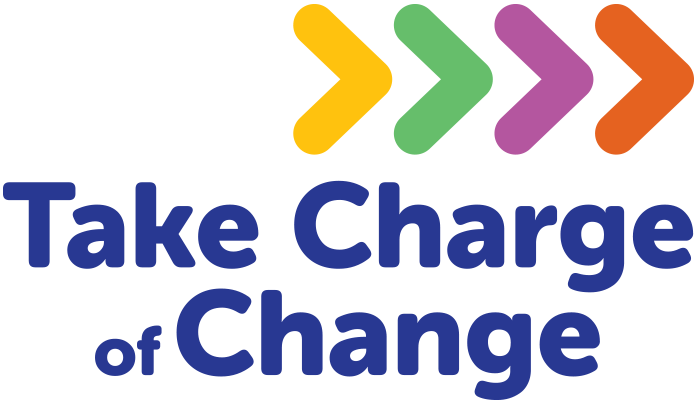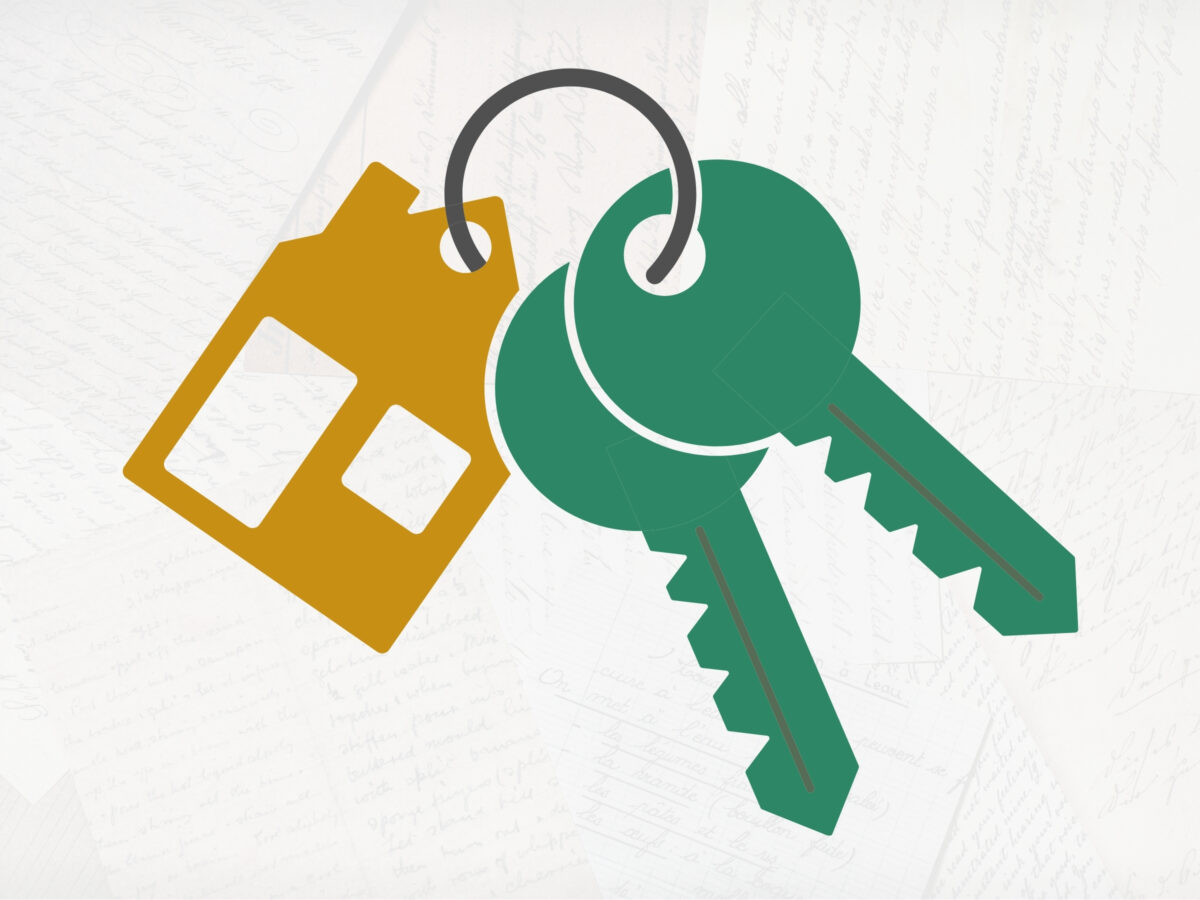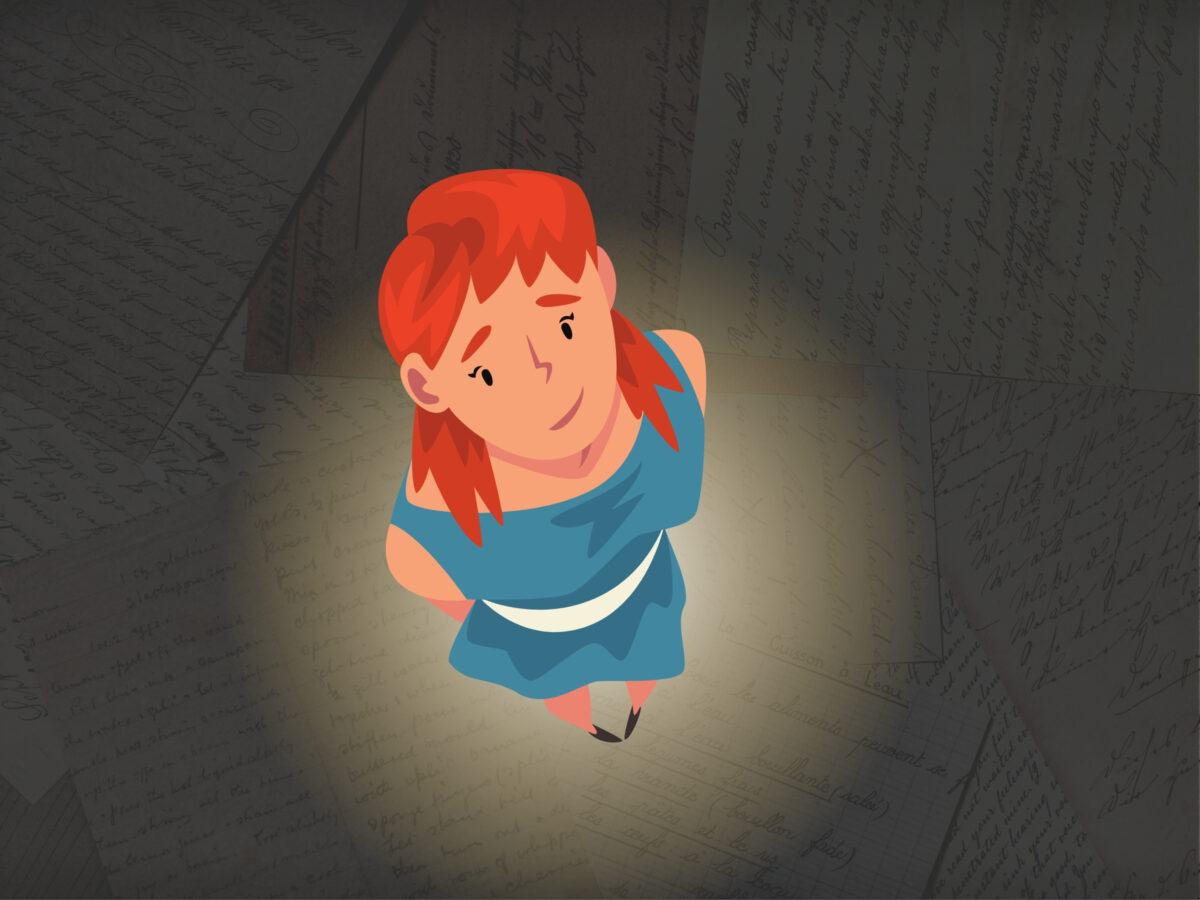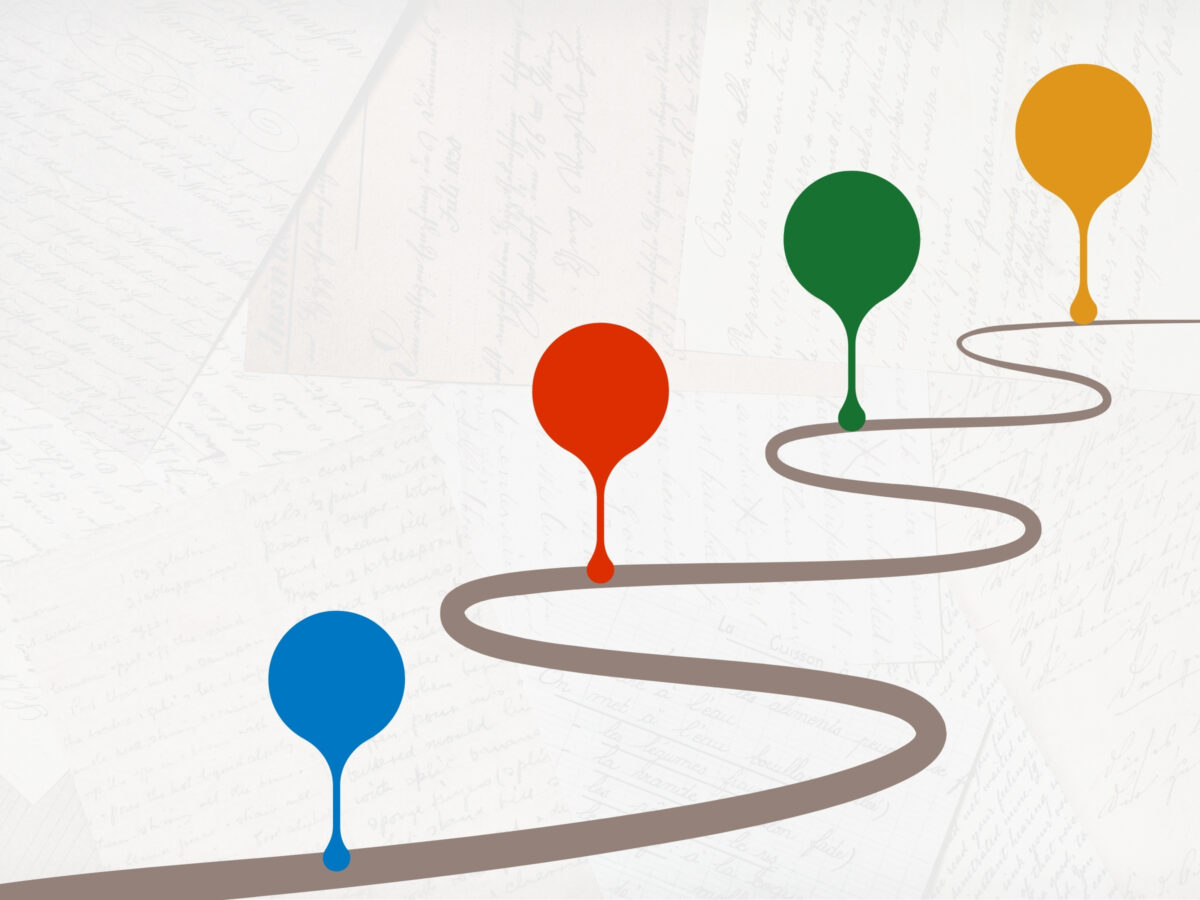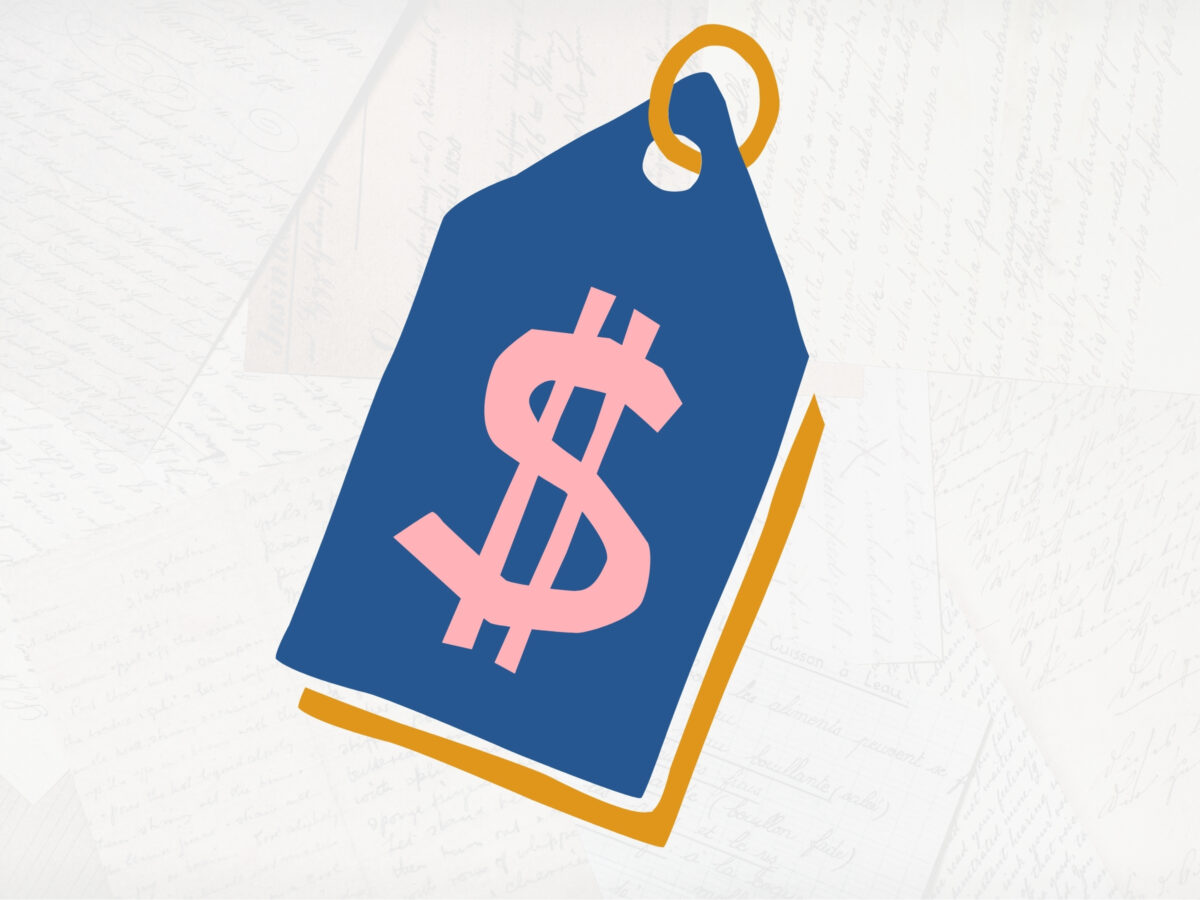The Path Beyond the Map: Redefining Independence as an Autistic Person
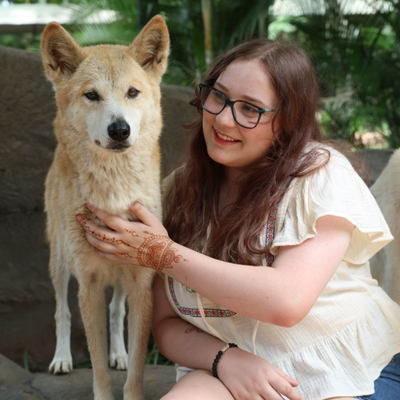
Written by: Grace Mitchelson
First Published: 15 October, 2025
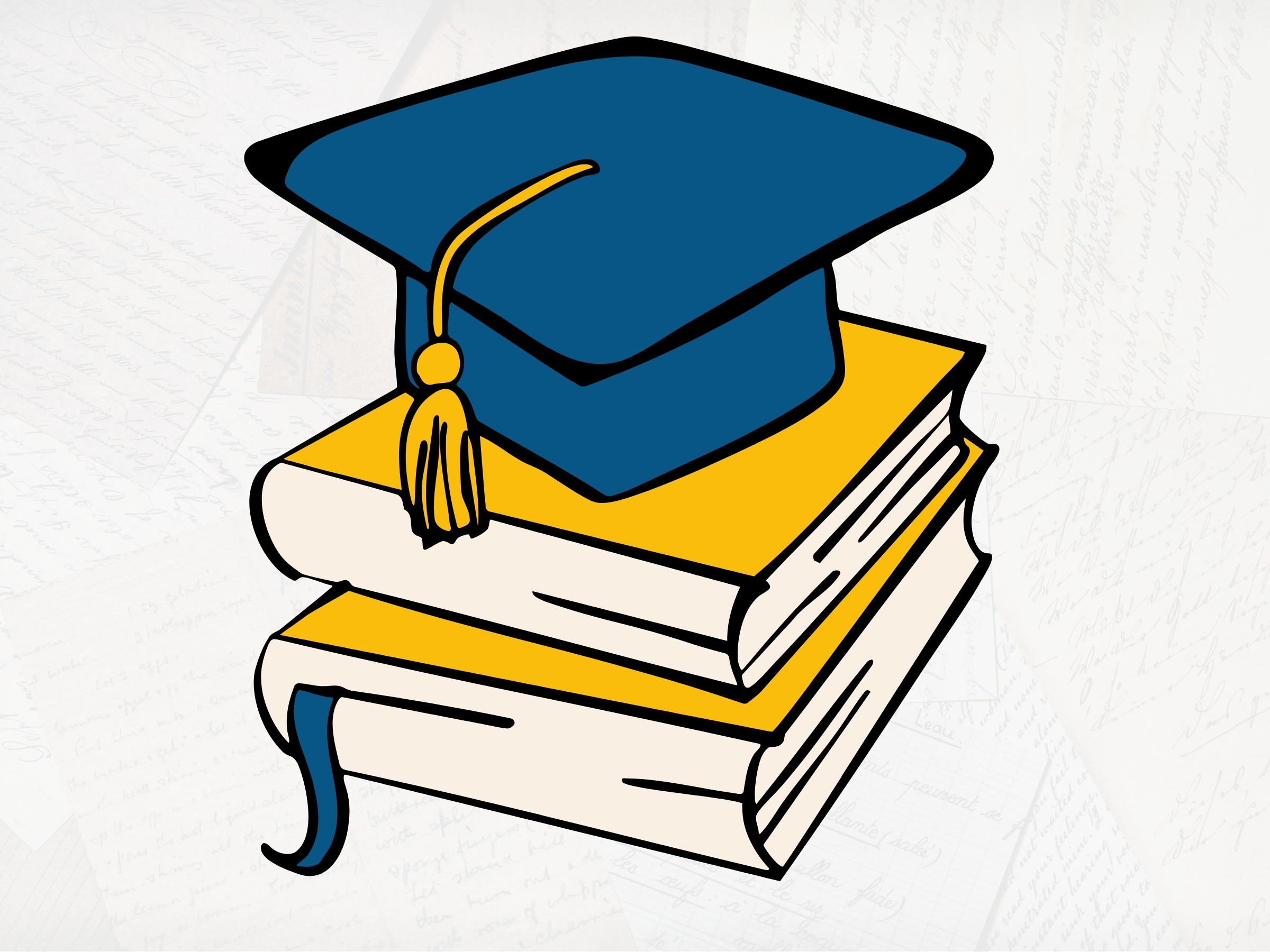
Content note: Ableism.
‘I cannot stray from the path to becoming independent.’
This sentence has ruled my life for as long as I can remember, and it became a deeply rooted belief. I had to get straight A’s in school, graduate high school and directly transfer into the right degree at my dream university. And I had to do it all on my own.
The need for complete control of my life, I think, stems from a feeling of helplessness. Being autistic, my brain values sameness and stability. Being independent makes me feel as though I have stability despite the ever-changing societal and political climate that dictates disabled people’s lives without so much as asking for our input.
So, I find it difficult to not feel independent. I watch able-bodied, neurotypical people reach all their life goals on schedule. Meanwhile, I am stuck bringing my mum to doctors’ appointments, three years late to my driver’s license, and graduating high school an entire year behind.
I watch as my friends move on to work and university, following the right path. I was supposed to be alongside them, on the track to having my entire life together by 25. I think that I should have listened when my teachers told me to ‘just try harder,’ or watched closer as my friends showed me how to move in the right direction. Maybe, if I had, I would already be as independent as I so deeply wish to be.
There was more and more pressure on my shoulders to catch up to where my peers were at in life, and the cracks were beginning to show. Midway through my final year of high school, I stopped turning in assignments on time and my grades began to slip. School had simply become too inaccessible for me. It was too rigid, and I wasn’t receiving the support I needed to thrive.
I felt paralysed with indecision as my brain kept twisting itself into knots, pushing and contorting itself into cookie-cutter ideals that it simply wouldn’t fit. I knew that if I stuck to the path, the pressure would break me irreparably. Ultimately, I didn’t have a real choice. I had to protect my mental health, so I finally made the decision to unenroll from my high school. My friends begged me to reconsider, trying to convince me that I was making a terrible mistake. After all, who hasn’t heard stories of the high-school dropout with no life prospects? Although everything and everyone around me tried to change my mind, I couldn’t be swayed. I began to find a new path, my path.
I have always had a love of learning, and I have always dreamt of going to university. I knew that in my new path, I needed to follow my heart. So, I found a university course that I could enter without a high school diploma. Although it wasn’t at my dream university, it was a pathway into my dream degree. And, as I would soon come to find out, it was a far better option for me than high school ever was. This decision, for the first time in my life, made me feel truly independent.
I had made this life-altering decision myself, overcoming the thinking pattern my brain so desperately clung to. I came to realise that I could never be independent in the same way as my able-bodied, neurotypical peers. Really, I had always been independent, just in my own unique (or as my parents tell me, ‘stubborn’) way. Even though I still need my mum at doctors’ appointments, it is my choice to have her there – supporting me to advocate for myself. Even though I may have finally received my driver’s license – later than others – it was the time I needed to take on the challenge in my own way. And even though I may not have graduated high school, I still made it to university, just in my own way.
Independence is not the same for everyone. While one person may be independent by moving out of home at 18, another may be independent by getting themselves dressed in the morning, or managing their medication. Everyone is doing their best, in their own way. If you relate to my story, I encourage you to reflect on your own thinking patterns and make a change. The way forward is not fixed, but has unlimited possibilities. Begin where you are. Move with intention. Trust yourself to find your path.

About the Author
Grace is 19 years old, autistic, disabled, and a disability advocate. She is currently studying psychology, and hopes to use the knowledge she gains to help other people like her. She loves to share her lived experience of being disabled and every day she strives to make real change. Most importantly, she is always prepared to infodump about sharks!

